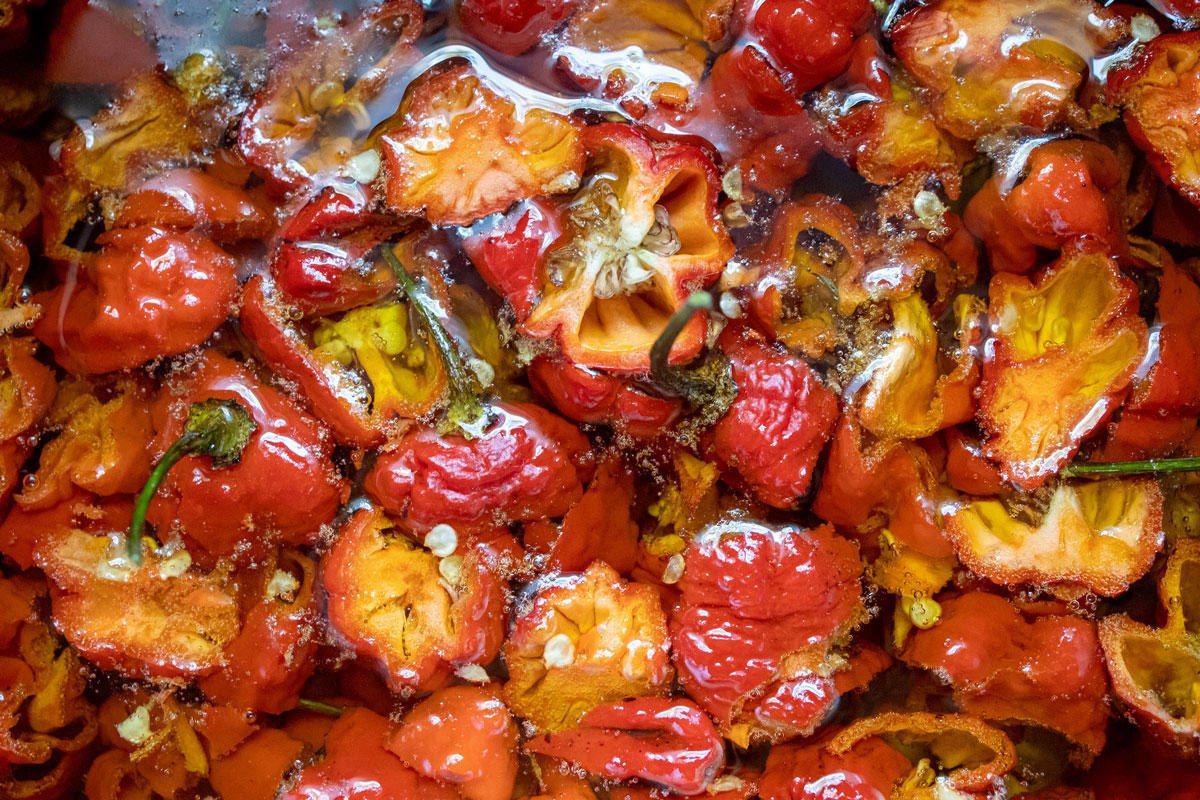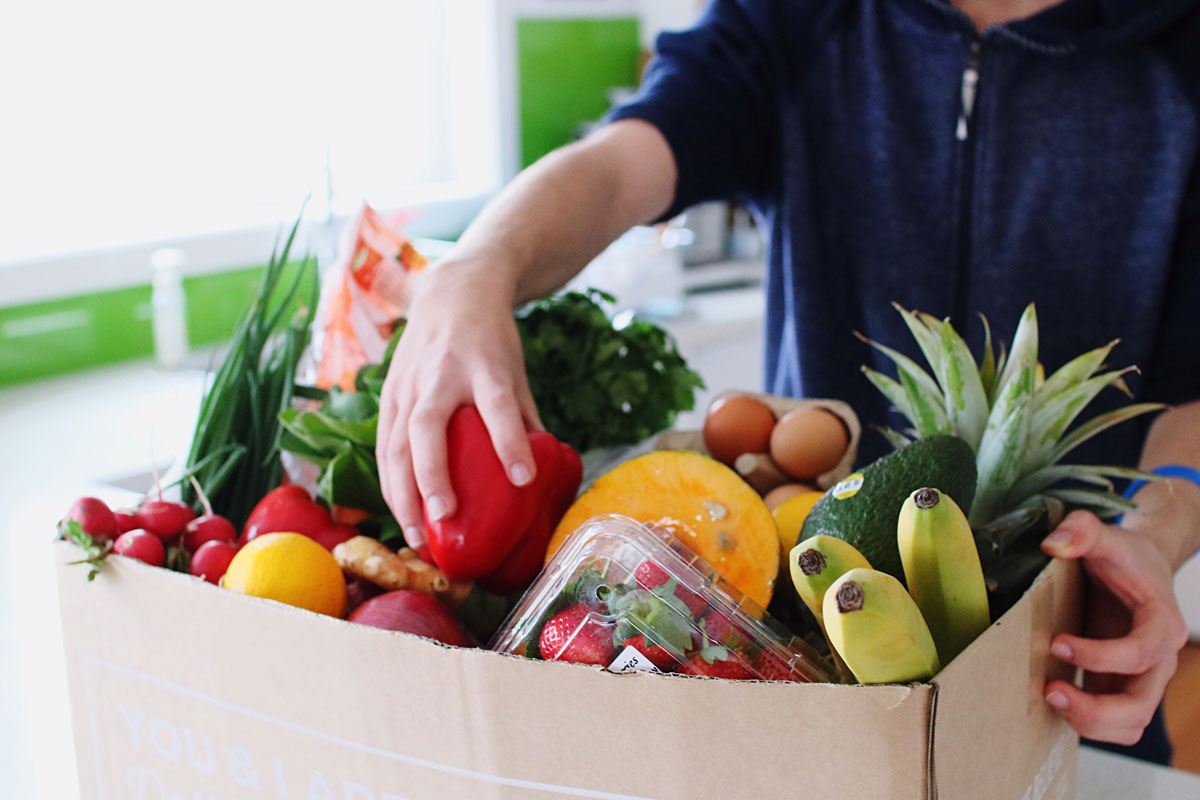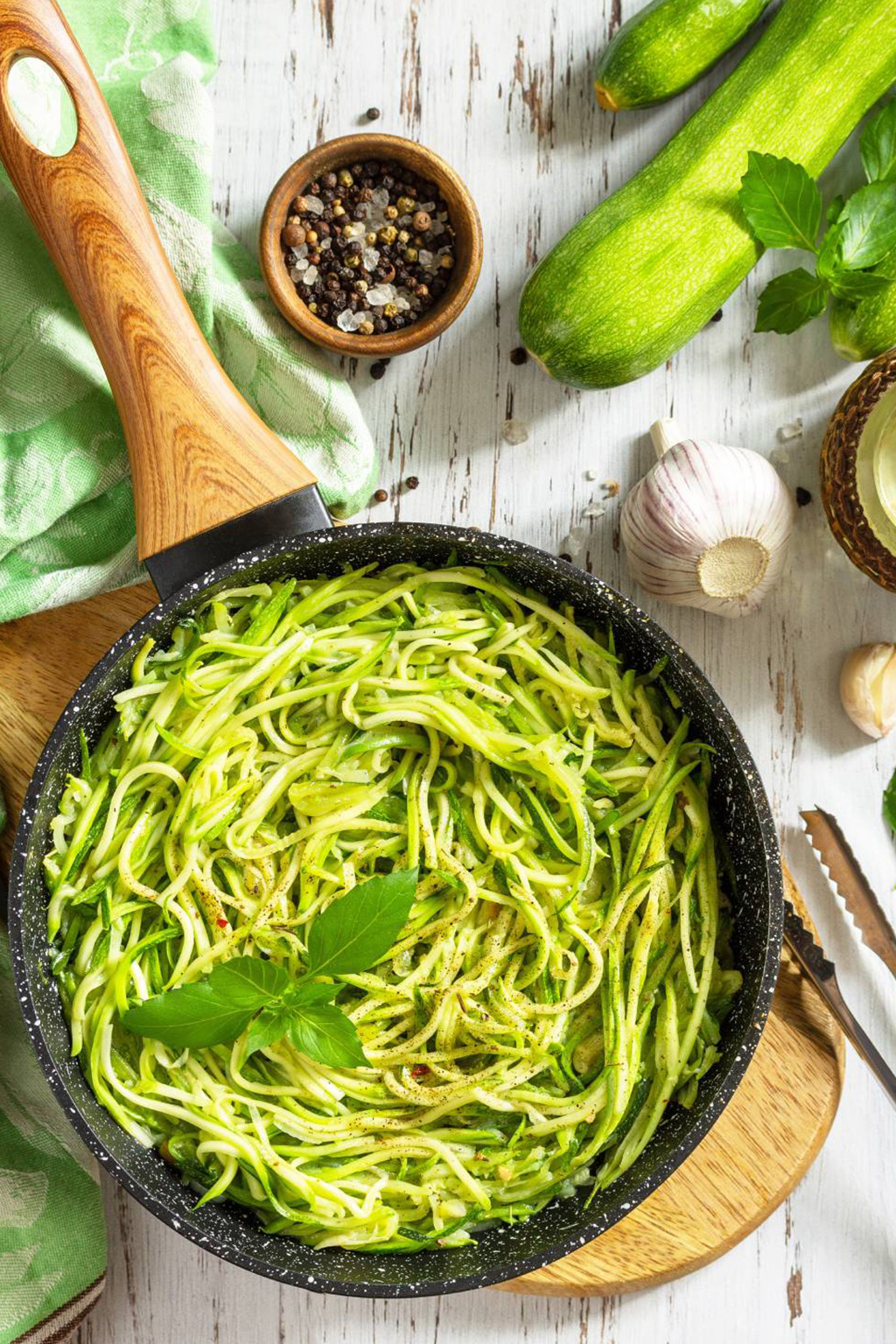The Red Chopping Board – Raw meat
A red chopping board is used for high-risk foods including chicken and other raw meats.
The Blue Chopping Board – Raw Fish
The blue chopping board is used for the preparation of raw fish.
The White Chopping Board – Dairy
The white chopping board is used for dairy products, such as the cutting of cheese.
The Yellow Chopping Board – Cooked Meats
Fruits and vegetables that ripen at the same time of year go well together. The most effective recipes will iThe yellow chopping board is used for the preparation of cooked meats.
The Brown Chopping Board – Vegetables
For a thicker consistency, the salt aids in the binding of the pasta and sauce. “Additionally, it melts and The brown chopping board is used for the preparation of vegetables, such as root vegetables.
The Green Chopping Board – Salads and Fruits
The green chopping board is used for the preparation of products such as cucumbers and oranges.
The Purple Chopping Board – Nuts
- What are the hazards when using the chopping board system?
- Potential Colour Coded Chopping Board Hazards.
- A potential cross-contamination hazard in doing so is when an employee has been trained in a previous place to use the common set chopping board guide to a new place that does not.
- Such as; a red board is used for preparing a high-risk product, maybe chicken. And in the new place, the red board is used for a different product. Such as cutting salad.
- Although the most important area is the correct cleaning of the chopping board before each job, to prevent cross-contamination and also allergen contamination.
- Advice and Tips When Using Colour Coded Chopping Boards
- To use a chopping board make sure you choose the correct colour of board for the product you will be preparing.
- The colour coded chopping board system should be followed that the place you are working in follows, this may vary to the general colour coded chopping board system.
- Chopping boards may come in different sizes however there are two main sizes used that will depend on the workplace.
- How To Use A Chopping Board Safely?
- It is important to make sure the chopping board is securely placed on the work surface.To safely secure the chopping board to the surface, dampen some kitchen paper and place a small piece under each corner of the chopping board.
- Make sure your chopping board is safely secured, a chopping board that is not safely secured will move around on the work surface and is a potential hazard for cuts. Also, it is good practice to dispose of the chopping board correctly, such as after using a red chopping board for cutting raw meats or raw fish to take the chopping board straight to the wash-up area. Once your ingredients are safely prepared you will be cooking sauces and dishes.
- The Green Chopping Board
- They can be used on both sides. Typically one side will be used and once dirtied can be turned over and the other side used.
- What Is A Standard Green Chopping Board Made Of? In professional kitchens we mostly use the high density, hygiplas, non absorbent Style. They are made of the material polyethylene. The boards come in 3 main sizes these are:
- Small: 12(H) x 305(W) x 229(L)mm
- Standard: 12(H) x 450(W) x 300(L)mm
- Large: 12(H) x 600(W) x 450(L)mm
- How To Safely Use A Chopping Board When Cutting Ingredients?
- The boards will naturally slide around on the work surface. This can be very dangerous when cutting through ingredients.
- There are a few ways to stop this:
- A non slip matt can be placed under the board,
- A clean damp cloth can be placed under,
- Four pieces of damp paper towel can be placed under each corner to hold the board in place,
- A damp jay cloth can also be used.
- What Types Of Food Are Prepared On This Board?
- The green chopping board is used for fruits and vegetables.
- Asparagus,
- Aubergines
- Artichokes
- Bananas
- Beetroot
- Garlic
- Onions
- Tomatoes
- Potatoes
- Cucumber
- Butternut Squash
- Leeks
- Courgettes
- Peppers
- Pineapple
- Apples
- Grapes
- Fruit And Vegetables
- The green chopping board is used for fruits and vegetables.




